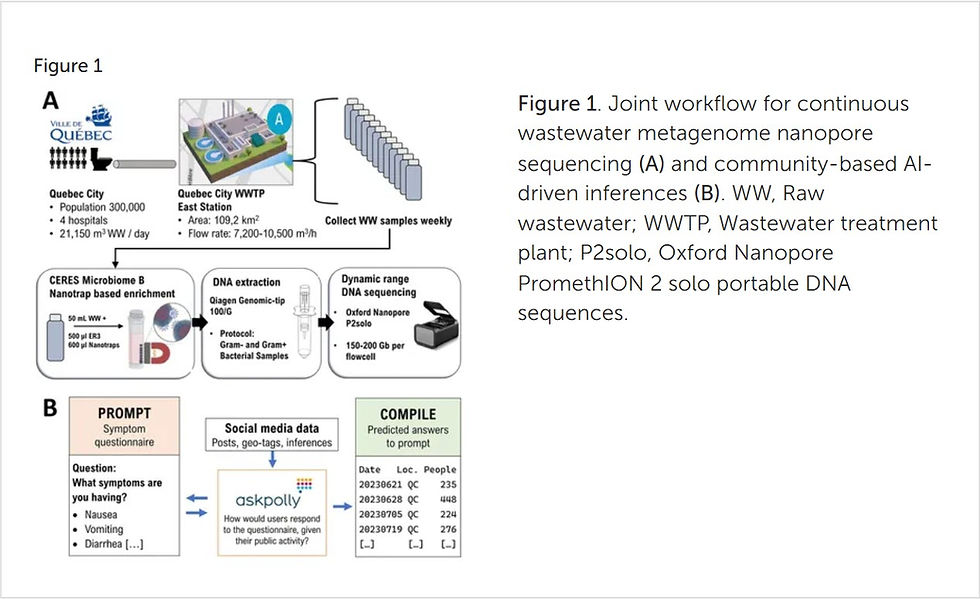Improved method for detection of antibiotic resistance from wastewater for population surveillance
- rdunlap
- May 1, 2023
- 1 min read
Poster: COVID-19 highlighted the use of wastewater testing as a complementary method to monitor emerging outbreaks of infectious pathogens, including those harboring antimicrobial resistance (AMR) genes. Antibiotic resistant bacteria are identified as a primary public health concern that threatens to eliminate the effective use of antibiotics. As a strategy to complement population testing, wastewater samples can be evaluated to identify increases in the presence of AMR genes in communities. However, the use of molecular testing methods is challenging because many genetic mechanisms contribute to AMR, with the most common being β-Lactamases. To be an effective surveillance strategy, these tests must be designed to identify a broad range of targets associated with AMR, and the methods must be sensitive given the larger wastewater sampling volumes used for analysis. The data described here demonstrate methods for improved sample processing and a head-to-head comparison of commercially available real-time PCR-based assays to assess AMR burden in wastewater samples.




Comments